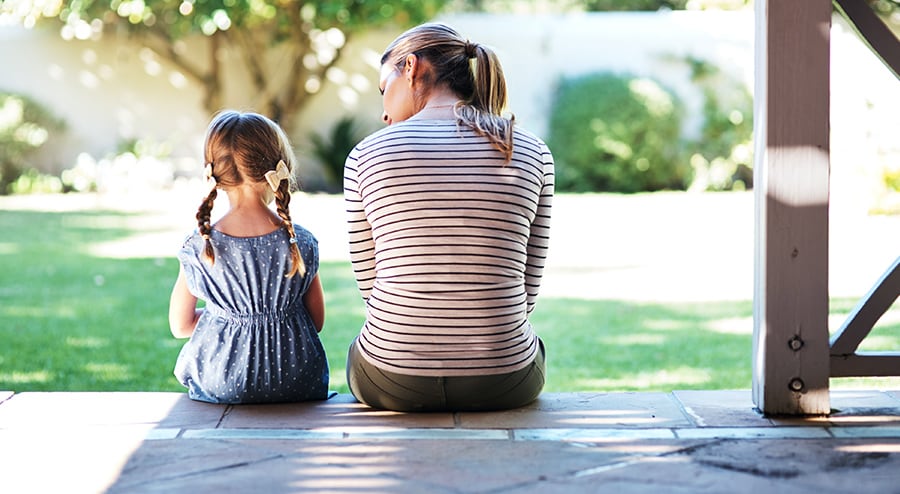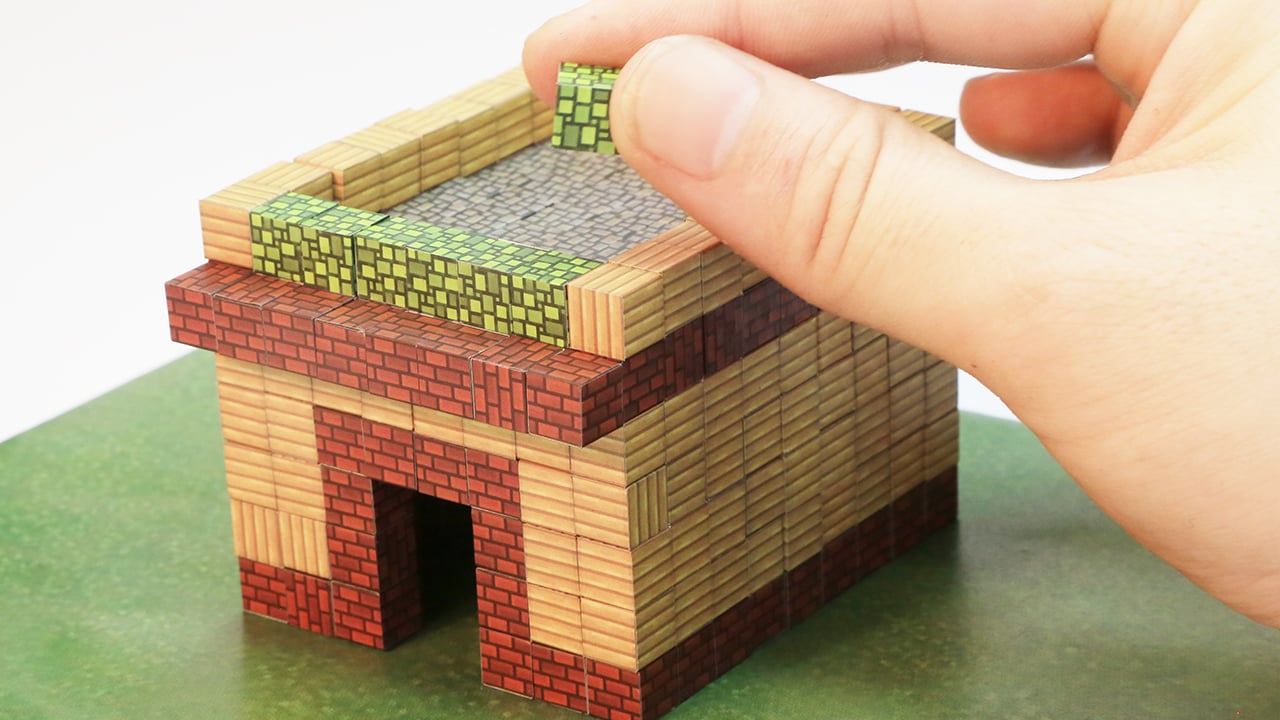
Teaching children about safety in the home is important for ensuring that they know how to stay safe in various situations. Kids are home a lot and they need to know what is safe and what is not. They need to know how things work, such as sliding interior barn doors and what not to put in the microwave.
Talk About 911
Teaching children about 911 is an important part of ensuring that they know how to get help in an emergency. Here are some key things to teach children about calling 911:
- Explain what 911 is and what it is for: Children should understand that 911 is a number they can call to get help from the police, fire department or ambulance in an emergency.
- Teach them when to call 911: Children should know that they should only call 911 in a serious emergency, such as if someone is hurt, there is a fire, or there is a crime happening.
- Show them how to call 911: Children should know how to dial 911 on a phone and what information to provide to the operator, such as their name, address, and a brief description of the emergency.
- Practice calling 911: It can be helpful to practice calling 911 with children, using a toy phone, or other prop. This can help them feel more comfortable and confident in the event of a real emergency.
It’s important to regularly review and reinforce the importance of calling 911 with children so that they know how to get help in an emergency.
Some other key things to teach children about safety in the home include:
- Knowing how to call for help in an emergency, such as by dialing 911 or another emergency number.
- Learning about potential hazards in the home, such as sharp objects, chemicals, and electrical outlets, and how to avoid them.
- Understanding the importance of not opening the door to strangers and not sharing personal information with people they don’t know.
- Knowing how to stay safe in the kitchen, such as by not reaching for items on high shelves and avoiding hot surfaces.
- Learning the importance of wearing seat belts and using car seats properly when traveling in vehicles.
It’s also important to practice safety measures with children and to regularly review and reinforce safety rules. This can help ensure that they understand and remember the importance of staying safe in the home.
Making a Game Out of It
There are several ways to make learning about safety in the home fun for children. Here are a few ideas:

- Turn it into a game: Children often respond well to games and competitions. Consider creating a scavenger hunt or quiz game to teach children about safety in the home.
- Use role-playing: Children can learn a lot by pretending to be in different situations and practicing the appropriate safety measures. For example, you could have them pretend to be a stranger at the door and practice not opening it without permission.
- Tell stories: Children often enjoy hearing stories, so consider using stories to teach safety lessons. For example, you could tell a story about a child who gets lost in a store and has to use the information on their emergency contact card to find their parents.
- Make it hands-on: Children often learn best through hands-on activities. Consider setting up a mock kitchen or other household area and letting children practice safety measures, such as using the stove or handling sharp objects.
By making learning about safety in the home fun and interactive, you can help children understand and remember the importance of staying safe in their environment.
Bathroom Safety Tips
There are several steps that children can take to stay safe in a home bathroom. Here are some key tips:
- Always close the bathroom door: This can help prevent accidents, such as younger children falling into the toilet or getting into harmful products.
- Be careful around water: Children should always be supervised when using the bathroom and should be taught to avoid splashing or playing in the water.
- Avoid reaching for items on high shelves: Children should be taught to ask an adult for help if they need to reach for something on a high shelf, such as shampoo or soap.
- Keep the floor dry: Children should be taught to wipe up any spills or splashes on the bathroom floor, to prevent slipping and falling.
- Avoid using electrical appliances in the bathroom: Children should be taught not to use electrical appliances, such as hair dryers or electric razors, in the bathroom, as they can be a fire hazard.
By following these safety tips shown in this article, children can stay safe and avoid accidents in the bathroom and all around the home.





More Stories
Minecraft Magnetic Blocks: A Game-Changing Addition to the World of Minecraft?
How To Choose The Best App For Parents To Monitor Android Devices: A Guide For Tech-Savvy Parents?
Understanding the New Changes To Free Childcare in 2024: What Parents Need To Know